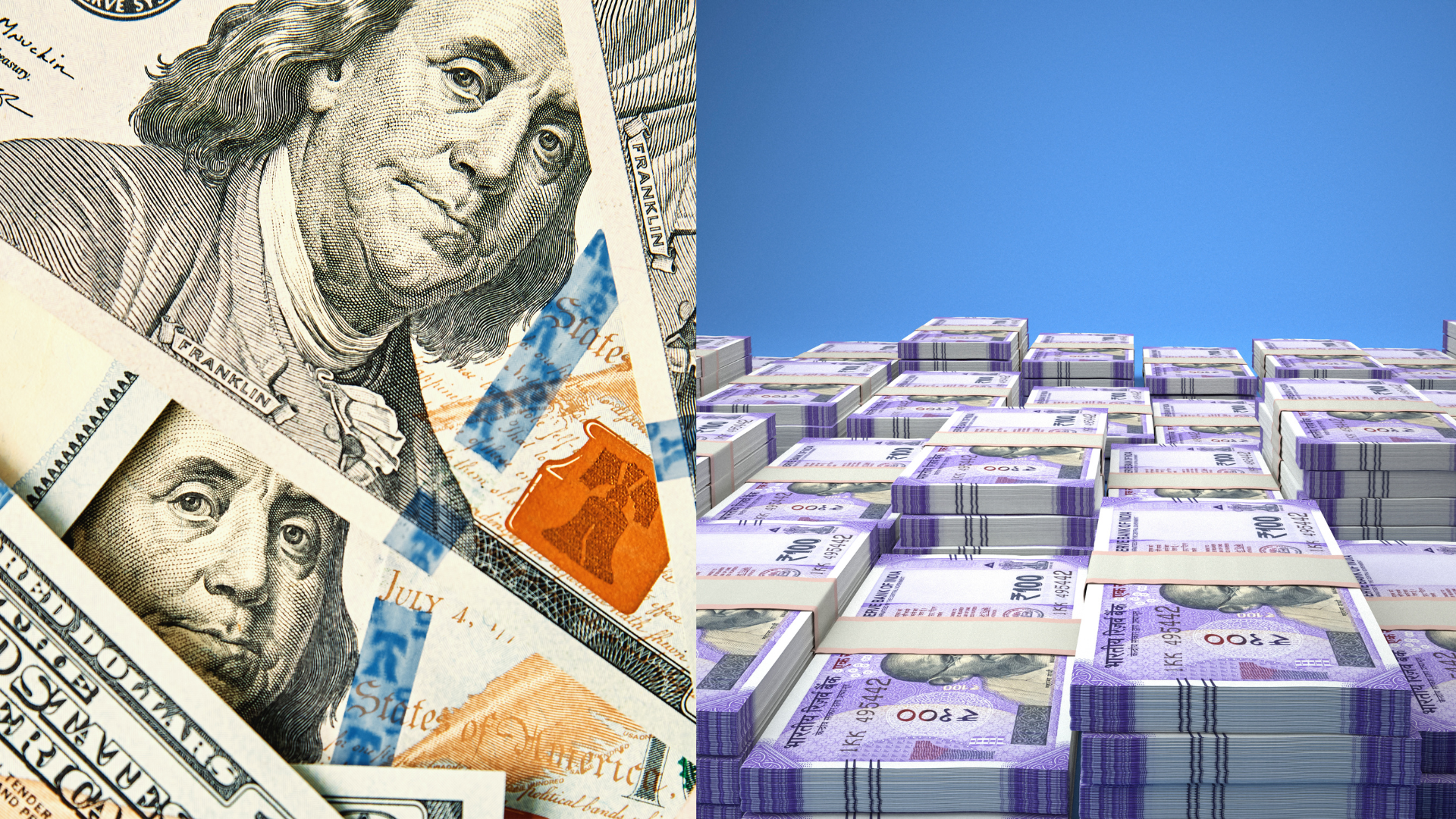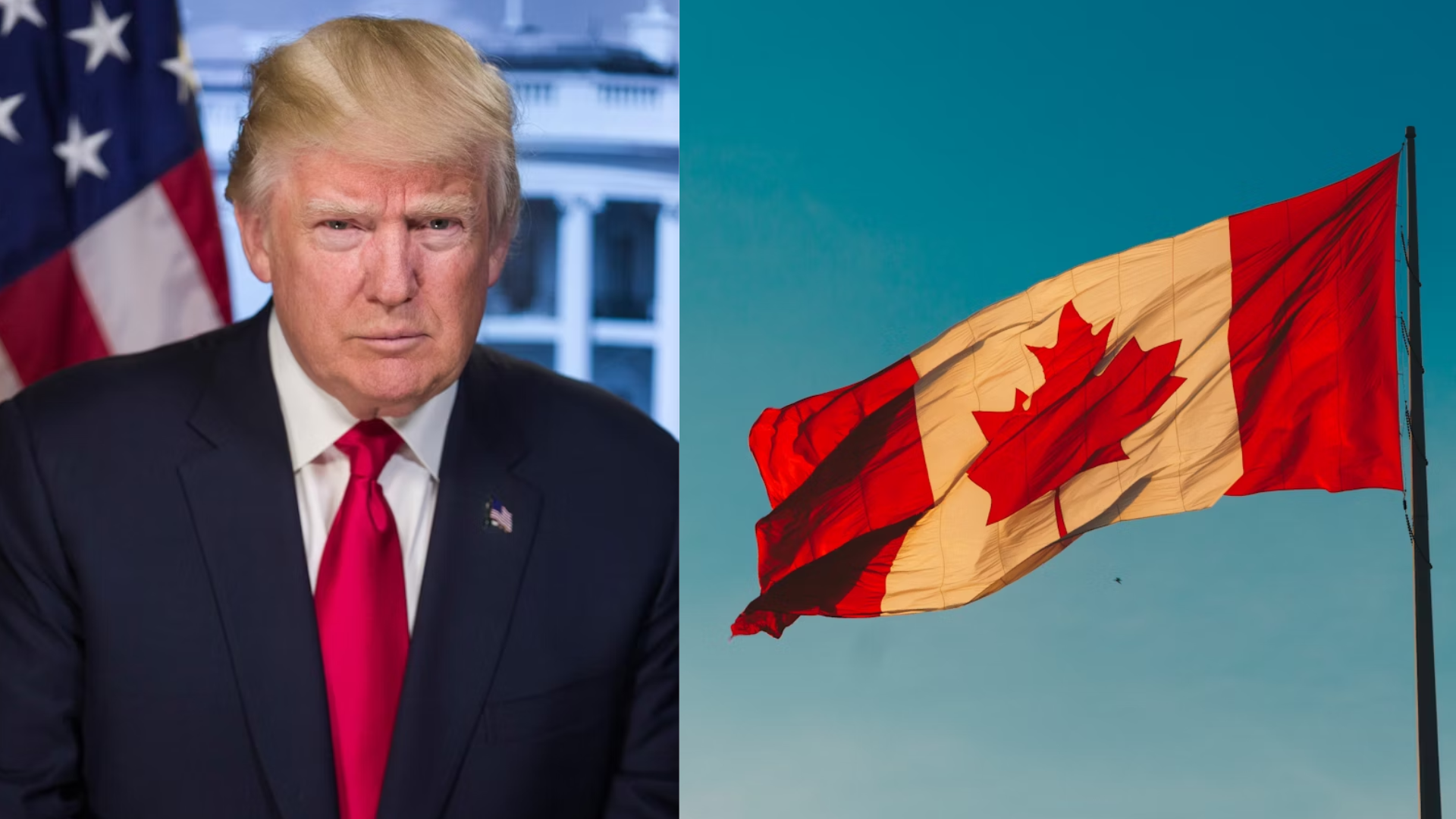The USD/INR pair moved higher on Wednesday as investor sentiment wavered following Donald Trump’s renewed tariff proposals, which have reignited concerns over global trade tensions. The Indian rupee weakened against the U.S. dollar, with markets reacting cautiously to the potential economic implications of Trump’s trade policies.
The prospect of new or expanded tariffs has unsettled emerging market currencies, including the rupee, as investors weigh the impact on global trade flows and economic stability. A more protectionist stance from the U.S. could lead to shifts in capital flows, pushing traders toward safe-haven assets such as the U.S. dollar while putting pressure on risk-sensitive currencies.
At the same time, the Federal Reserve’s monetary policy outlook remains a key driver for the dollar’s strength. With U.S. inflation data and labor market indicators still in focus, expectations that the Fed will maintain a restrictive policy stance have provided additional support for the greenback. If rate cuts are delayed, the rupee could face further depreciation.
Despite the recent weakness, analysts note that India’s economic fundamentals remain relatively strong, which could help limit excessive volatility in the rupee. The Reserve Bank of India (RBI) has also been active in managing currency fluctuations, with interventions likely to curb sharp depreciation. However, a prolonged period of trade-related uncertainty could keep USD/INR on an upward trajectory.
Global investors are also closely monitoring oil prices, another crucial factor influencing the rupee’s performance. A sustained rally in crude oil prices would add pressure on India’s trade balance, potentially fueling further depreciation in the currency. On the other hand, any relief in energy costs could provide some near-term support for the rupee.
For now, market participants remain cautious, awaiting further details on Trump’s trade policies and their potential impact on global risk appetite. Any escalation in trade tensions could drive additional volatility in emerging market currencies, keeping the USD/INR pair in focus for traders navigating shifting geopolitical and economic conditions.
















